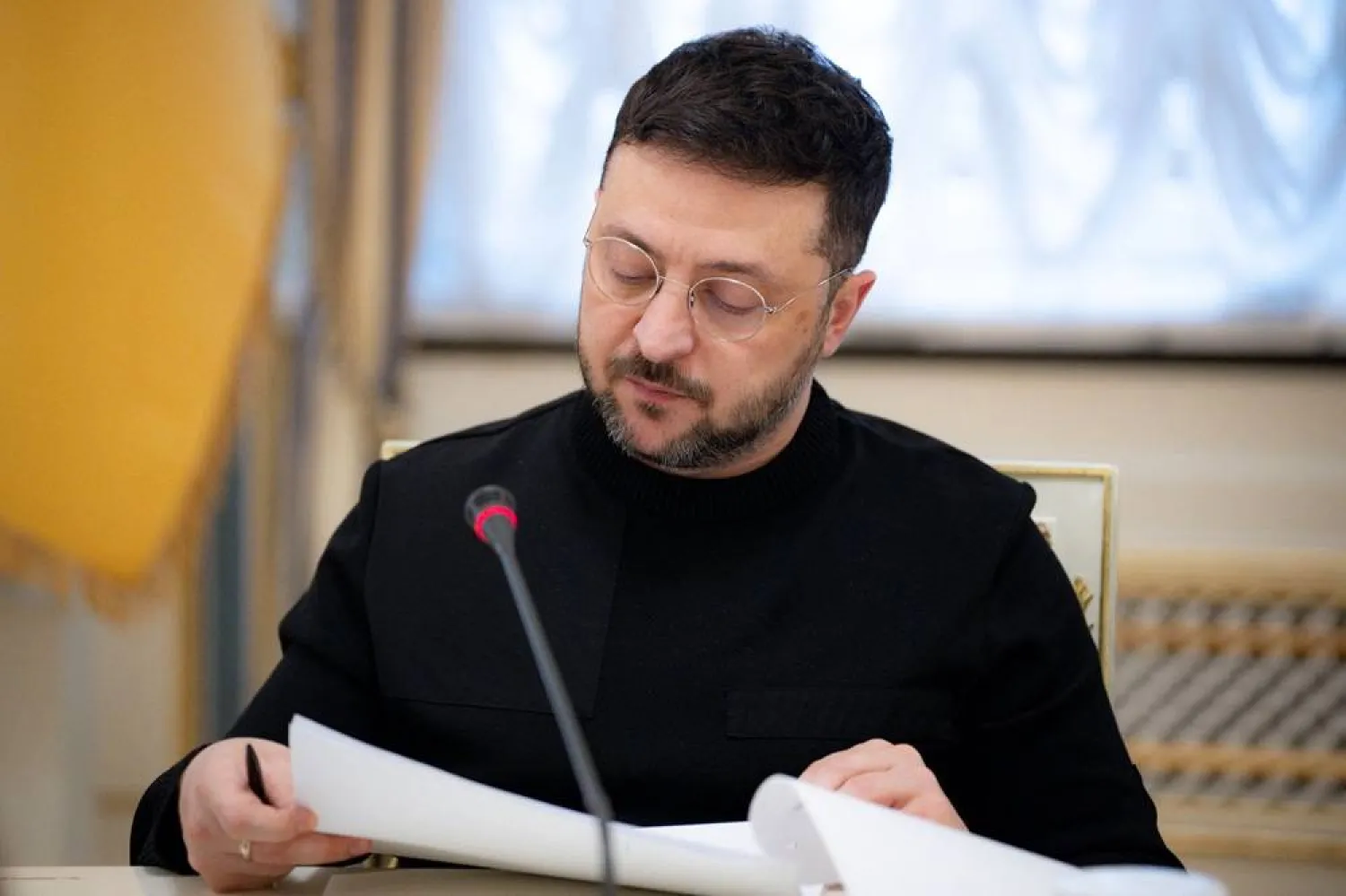Early, seesawing results released Saturday in Iran’s presidential election put the race between reformist Masoud Pezeshkian and hard-liner Saeed Jalili, with the lead trading between the two men while a runoff vote appeared likely.
The early results, reported by Iranian state television, did not initially put either man in a position to win Friday's election outright, potentially setting the stage for a runoff election to replace the late hard-line President Ebrahim Raisi, The Associated Press said.
It also did not offer any turnout figures for the race yet — a crucial component of whether Iran's electorate backs its theocracy after years of economic turmoil and mass protests.
After counting over 12 million votes, Pezeshkian had over 5 million while Jalili held 4.8 million.
Another candidate, hard-line speaker of the parliament Mohammad Bagher Qalibaf, had some 1.6 million votes. Cleric Mostafa Pourmohammadi had more than 95,000 votes.
Voters faced a choice between the three hard-line candidates and the little-known reformist Pezeshkian, a heart surgeon. As has been the case since the 1979 Iranian Revolution, women and those calling for radical change have been barred from running, while the vote itself will have no oversight from internationally recognized monitors.
The voting came as wider tensions have gripped the Middle East over the Israel-Hamas war in the Gaza Strip.
In April, Iran launched its first-ever direct attack on Israel over the war in Gaza, while militia groups that Tehran arms in the region — such as the Lebanese Hezbollah and Yemen’s Houthi militants— are engaged in the fighting and have escalated their attacks.
Meanwhile, Iran continues to enrich uranium at near weapons-grade levels and maintains a stockpile large enough to build — should it choose to do so — several nuclear weapons.
There had been calls for a boycott, including from imprisoned Nobel Peace Prize laureate Narges Mohammadi. Mir Hossein Mousavi, one of the leaders of the 2009 Green Movement protests who remains in house arrest, also has refused to vote with his wife, his daughter said.
There’s also been criticism that Pezeshkian represents just another government-approved candidate. One woman in a documentary on Pezeshkian aired by state TV said her generation was “moving toward the same level” of animosity with the government that Pezeshkian’s generation had in the 1979 revolution.
Iranian law requires that a winner gets more than 50% of all votes cast. If that doesn’t happen, the race’s top two candidates will advance to a runoff a week later. There’s been only one runoff presidential election in Iran’s history: in 2005, when hard-liner Mahmoud Ahmadinejad bested former President Akbar Hashemi Rafsanjani.
The 63-year-old Raisi died in the May 19 helicopter crash that also killed the country’s foreign minister and others. He was seen as a protégé of Iran’s Supreme Leader Ali Khamenei and a potential successor. Still, many knew him for his involvement in the mass executions that Iran conducted in 1988, and for his role in the bloody crackdowns on dissent that followed protests over the death of Mahsa Amini, a young woman detained by police over allegedly improperly wearing the mandatory headscarf.
Despite the recent unrest, there was only one reported attack around the election. Gunmen opened fire on a van transporting ballot boxes in the restive southeastern province of Sistan and Baluchestan, killing two police officers and wounding others, the state-run IRNA news agency reported. The province regularly sees violence between security forces and the militant group Jaish al-Adl, as well as drug traffickers.
Iran Vote Results Put Race Between Reformist Masoud Pezeshkian and Hard-Liner Saeed Jalili

An electoral staff empties full ballot boxes after voting ended at a polling station, in a snap presidential election to choose a successor to Ebrahim Raisi following his death in a helicopter crash, in Tehran, Iran June 29, 2024. Majid Asgaripour/WANA (West Asia News Agency) via REUTERS

Iran Vote Results Put Race Between Reformist Masoud Pezeshkian and Hard-Liner Saeed Jalili

An electoral staff empties full ballot boxes after voting ended at a polling station, in a snap presidential election to choose a successor to Ebrahim Raisi following his death in a helicopter crash, in Tehran, Iran June 29, 2024. Majid Asgaripour/WANA (West Asia News Agency) via REUTERS
لم تشترك بعد
انشئ حساباً خاصاً بك لتحصل على أخبار مخصصة لك ولتتمتع بخاصية حفظ المقالات وتتلقى نشراتنا البريدية المتنوعة







